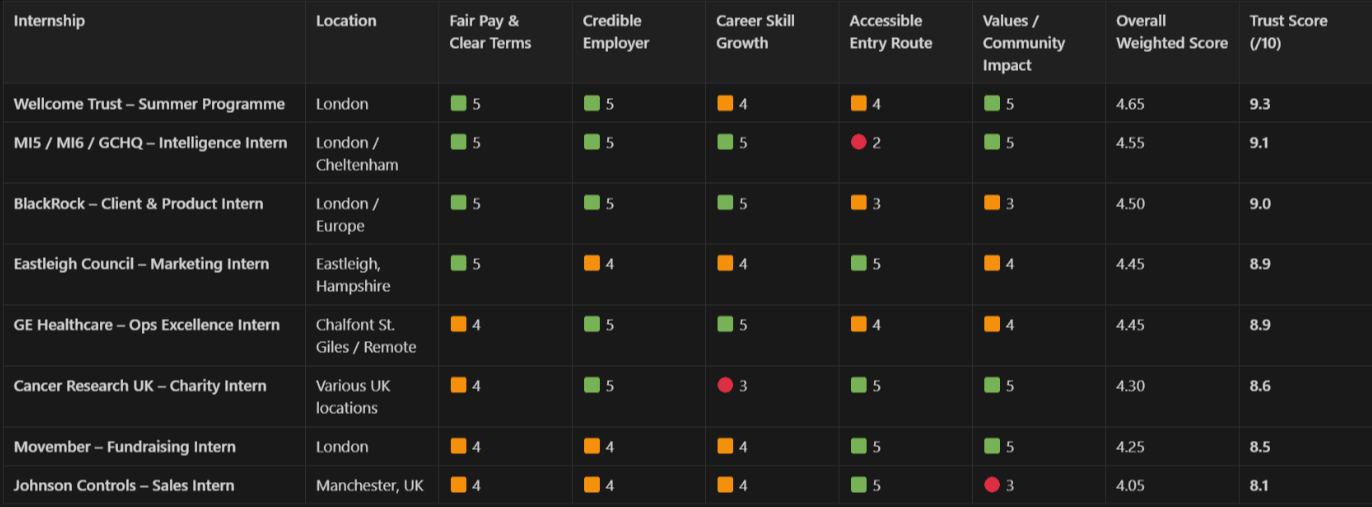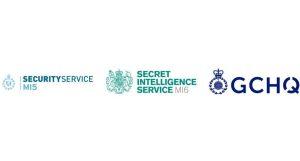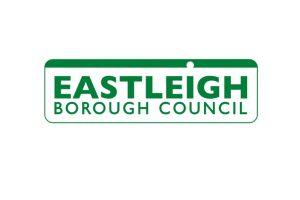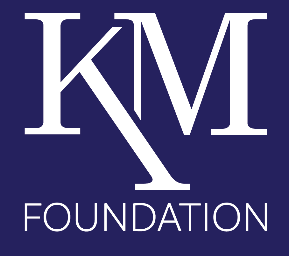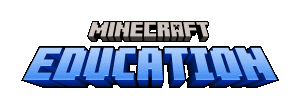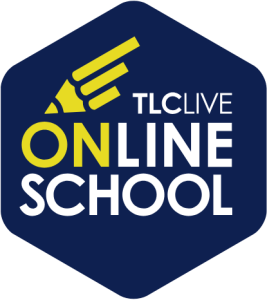In today’s digital age, children are growing up surrounded by technology, with smartphones, tablets, and computers becoming integral parts of their lives from a very young age.
While these devices offer numerous benefits, they also pose risks, exposing children to inappropriate content, online predators, and excessive screen time. In response to these concerns, parental control apps have emerged as invaluable resources for parents striving to maintain a balance between their children’s digital engagement and their safety and well-being.
In a 2024 survey, 43% of UK parents reported setting rules on their children’s internet time, up from 38% in the previous year.
Every parent today wishes to protect their kids from the unsuitable content available to them and also the addiction that follows. But just as the idea of parental control software sounds like a no-fuss solution, it is actually a whole lot on the plate.
Many aspects need to be considered while selecting the best tool or app to monitor your kid’s digital devices. Ultimately, the goal is to strike a balance between embracing the opportunities presented by technology and mitigating its potential risks, thereby nurturing a generation of informed and resilient digital natives.
We have researched and compared the 10 best apps that would help you get parental control over your kids’ digital activities. The apps have been chosen considering the features, prices, ratings and reviews of each.
Disclaimer – All app details listed are based on the latest information available at the time this post was published. The list contains apps as per their respective reviews from highest to lowest.
1. Google Family Link – 4.5 Stars with 4.15M Google Play Reviews

The Google Family Link app is designed to help you set ground rules and guide your child’s online experience as they explore the internet. Your child will become part of your Google family group, which you can use to share Google services with your child and up to four other family members.
It is compatible with Android and iOS devices.
Features:
- Allows you to set screen time limits.
- Approve your child’s downloads and purchases on Google Play and Stadia or limit the visibility of content based on maturity ratings.
- You can change the content, access and other settings for YouTube experiences.
- Help your child choose the types of activities that can be saved in their Google Account.
- See the location of your child’s signed-in and active Android devices.
Price:
Free
App Link:
Social Presence:
2. Kids360 – 4.5 Stars with 165K Google Play Reviews

Kids360 is a parental control app that helps families manage children’s device usage in a balanced way. It provides tools to monitor and guide children’s digital activities while encouraging healthy habits. With its straightforward approach to digital parenting, Kids360 offers a practical solution for families looking to reduce screen time battles while maintaining flexibility. The app’s focus on positive reinforcement helps children develop self-regulation skills.
Compatible with Android and iOS devices
Features:
- Set daily screen time limits for different app categories
- Create custom schedules for device access
- Block specific apps completely or during set times
- Track which apps children use and for how long
- Remotely lock devices when needed
- View detailed activity reports
- Set educational goals to unlock extra screen time
- Works across multiple devices in one family
Price:
Free
App Link:
Social Presence:
- Not active on socials
3. Microsoft Family Safety – 4.6 Stars with 39.6K Google Play Reviews

Microsoft Family Safety helps families stay connected while managing digital habits and real-world activities. Designed for Microsoft ecosystem users, this solution offers particularly strong integration with Windows PCs and Xbox consoles, making it ideal for households invested in Microsoft services. The driving reports add unique real-world safety features beyond typical digital controls.
The app works across Android, iOS, and Xbox devices, integrating seamlessly with Microsoft 365 accounts
Features:
- Set screen time limits for apps and games across devices
- Create content filters for age-appropriate web browsing
- Monitor driving behaviour with trip reports for teen drivers
- Track family members’ locations with real-time updates
- Receive activity reports summarising digital usage
- Manage purchase approvals for the Microsoft Store
- Control privacy settings on shared Windows devices
- Schedule device downtime for focused family time
Price:
Included with a Microsoft 365 Family subscription (£104.99/year) or as a standalone app
App Link:
Social Presence:
4. Kidslox – 4.3 Stars with 36.8K App Store Reviews

Kidslox parental control app is the perfect way to manage your family’s screen time. As one of the first multi-platform parental controls, Kidslox gives you control over your family’s device usage. It’s the new Screen Time Rewards feature that encourages your kids to complete their homework and household chores!
It is available for all Android, iOS and web platforms.
Features:
- Switch between unrestricted ‘Parent mode’, custom ‘Child mode’ and fully restricted ‘Lockdown mode’ at the touch of a button.
- You can enable location tracking to make it easier to keep track of your kid’s whereabouts.
- You can add up to 10 devices.
- Stop your clever kids from changing the restrictions with a unique Kidslox PIN.
- Lock your child’s device remotely at any time
Price:
Basic plan starts from £2.29/m and the Family plan starts from £3.49/m. To know more, click here.
App Link:
Social Presence:
5. MMGuardian – 4.3 Stars with 26.1K Google Play Reviews

MMGuardian is great for tweens or families with kids needing different levels of monitoring and intervention. It is one of the few parental control apps that actually requires parents to approve all new app downloads.
MMGuardian supports Android and iOS devices.
Features
- Alerts you when text messages or web searches are indicative of sexting, cyberbullying, suicidal thoughts and more.
- Alerts you when pictures on your child’s phone, or sent in an MMS message, are of an adult nature.
- You can locate your child’s phone on a map.
- Set up bedtime and school times to control screen time.
- Block or set up usage limits for apps and games.
- Lock or unlock the child’s phone with a simple button press.
Price
Plans starting from £4.50/month
App Link:
Social Presence:
6. Norton Family – 3 Stars with 25.6K Google Play Reviews

Norton Family encourages parents to talk to their children about online safety rather than just spying on their online activities. The company’s approach to parental control emphasises cooperation and open dialogue between parents and children with the House Rules and Request Access features.
It is compatible with Windows, Android and iOS devices
Features
- No limit on the number of monitored devices.
- It is managed from the Family Dashboard, a web portal where you can customise settings and view reports on everything your kids have done recently.
- Automatically blocks websites by category, based on the level of restriction chosen.
- Can check your kid’s location and even filter the list to see where your child was in a specific time range on a particular date.
Price
Subscription starting from £14.99/Yr
App Link:
Social Presence:
- Facebook: 1.2M Followers
- X: 146.8K Followers
- Instagram: 28.1K Followers
- YouTube: 85.4K Subscribers
- LinkedIn: 5K Followers
7. Qustodio – 3.3 Stars with 18.4K Google Play Reviews

Qustodio, trusted by over 6 million parents, has nearly every feature an anxious parent wants, including robust content-blocking options and a detailed activity log, to keep their kids’ screen time safe and balanced on every device—from one easy-to-use dashboard.
It is compatible with various devices and platforms, including Windows, macOS, Android, iOS, and Kindle.
Features
- It has a comparatively well-designed web interface.
- There are additional options for blocking unsupported browsers, blocking uncategorised website domains, and forcing Safe Search.
- It allows you to set daily time limits, which allows you to set a cap on device usage for each day of the week.
- You can search for apps your child has used across any of their supported devices.
- You can choose to lock navigation and lock the device when time’s up, which also prevents your child from getting around the block by changing the system time on the device.
- You can view a timeline of the child’s reported location history, pop up with up to 30 days of past data.
Price
The basic plan is at €42.95/year, and the premium plan is at €75.95/year. To know more, click here.
App Link:
Social Presence:
- Facebook: 12K Followers
- X: 2.4K Followers
- Instagram: 6K Followers
- YouTube: 1.11K Subscribers
- LinkedIn: 5K Followers
8. McAfee Safe Family – 2.7 Stars with 6.13K Google Play Reviews

McAfee Family Protection is a comprehensive digital safety solution that helps parents safeguard their children’s online experiences. Available for Android, iOS, Windows and Mac, it combines robust security features with practical parental controls. This security-focused solution offers peace of mind for families navigating the digital world, combining McAfee’s renowned protection with practical monitoring tools. The cross-platform compatibility makes it particularly useful for households with mixed devices.
Features:
- Monitor and manage screen time across all family devices
- Block inappropriate websites and filter harmful content
- Track location history and set safe zone alerts
- Manage app usage and block unsuitable applications
- Receive alerts for concerning online activity
- Protect personal information from phishing attempts
- Monitor social media interactions and posts
- Schedule device-free time for homework or bedtime
Price:
£34.99/year for 3 devices or £39.99/year for unlimited devices (first year pricing).
App Link:
Social Presence:
9. Mobicip – 2.2 Stars with 2.36K Google Play Reviews
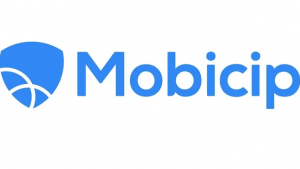
Mobicip allows you to easily manage the websites your child accesses by setting permissions for 15+ predefined content categories. It scans web pages in real-time with the help of advanced AI and machine learning technology.
It is compatible with various devices and platforms, including Windows, macOS, Android, iOS, and Kindle.
Features
- Set limits on how much free time your kids get on their devices.
- It provides an overview of your child’s device usage, including how much time they’ve spent on their device, which websites they’ve visited, what apps they’ve used, and more.
- Find out where your kids are and where they’ve been recently.
- Create geo-fences around the school or a friend’s home to be alerted when your child reaches the location.
- You can invite a co-parent or a guardian to manage your family’s digital habits.
Price
Mobicip’s All-in-One Parental Control App offers Lite, Standard, and Premium plans at $2.99, $4.99, and $7.99 per month, respectively, all billed annually.
App Link:
Social Presence:
- Facebook: 5.4K Followers
- X: 1.4K Followers
- Instagram: 285K Followers
- YouTube: 581 Subscribers
- LinkedIn: 2K Followers
10. Kaspersky Safe Kids – 3.4 Stars with 184 App Store Reviews

Kaspersky is a flexible app that enables you to protect your children on multiple devices. It is comparatively one of the more affordable parental control apps, with payment plan options to suit various users.
It supports Windows, macOS, and iOS devices.
Features
- Get alerts about your child’s device if their battery is low.
- Let your kids view and track rules with the child limit bar.
- Prevent specific apps and websites from being opened.
- You know where your kids are 24/7.
- Prevent device addiction with time-limit controls
Price
Plans starting from £24.99/yr for the first year (introductory offer)
App Link:
Social Presence:
Smart Digital Parenting: Apps, Transparency & Trust
When deciding which parental control app is right for you, it’s important to first consider what your needs are! Ultimately, the most suitable parental control app depends on the individual needs of the users. But while considering the above parental control apps for kids, remember to be clear about the reasons for the restrictions so that the children understand what you are trying to protect them from.
Let your kid be aware of the dangers on the web, why you wish to use these parental controls, and how these would help foster a safe and healthy online environment for them.
If you want us to add a suggestion here based on your experience, please get in touch with us!

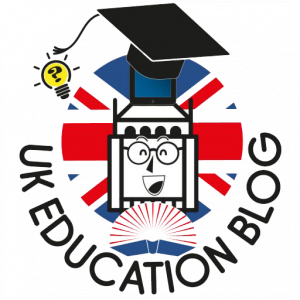


 Theme puzzle books offer eager students mental challenges and entertainment while acquiring new vocabulary. A favorite series of
Theme puzzle books offer eager students mental challenges and entertainment while acquiring new vocabulary. A favorite series of 
 Another innovative technique is writing about experiences, real or imaginary, in Italian. A quality travel journal and organizer, for example, invites you to document itineraries, feelings and discoveries. By logging your traveling experiences, daily routine and self-observation, you’ll solidify your vocabulary.
Another innovative technique is writing about experiences, real or imaginary, in Italian. A quality travel journal and organizer, for example, invites you to document itineraries, feelings and discoveries. By logging your traveling experiences, daily routine and self-observation, you’ll solidify your vocabulary. Bilingual books allow you to read stories in two languages at once. A title switches between English pages and Italian pages in The Broken Heart Refuge (Il Rifugio dei Cuori Infranti). It reads better for you to track the story. You can read the book and catch grammar, sentence construction and idiom nuances.
Bilingual books allow you to read stories in two languages at once. A title switches between English pages and Italian pages in The Broken Heart Refuge (Il Rifugio dei Cuori Infranti). It reads better for you to track the story. You can read the book and catch grammar, sentence construction and idiom nuances.



